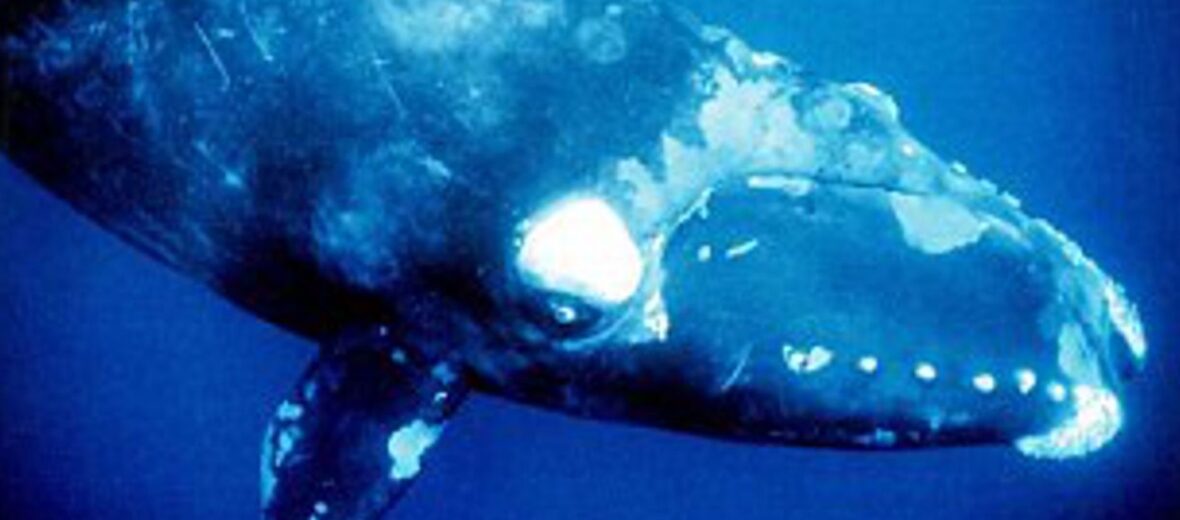
The pygmy right whale is the smallest species of baleen whales. Pygmy right whales aren’t true right whales at all, but are typically called so due to their bowed lower jaw, with the arch and stocky body. These features increase as they age. They call the cold ocean waters of the Southern Hemisphere’s Atlantic and Pacific Oceans, around Antarctica, their home. Fortunately, these whales are listed as Least Concern by the IUCN. They are subject to overfishing, pollution, climate change, and boat strike.
First the Stats…
Scientific name: Caperea marginata
Weight: Up to 7,560 lbs.
Length: Up to 20.4 feet
Lifespan: Up to 80 years
Now on to the Facts!
1.) These whales are difficult to spot and study, as they only spend a few seconds at the surface to breathe and then they submerge again.
2.) They feed on calanoid copepods, krill, and other small invertebrates.
3.) There is little known about these small baleen whales, as they are notoriously hard to study.
4.) The pygmy right whales usually travel alone or in pairs, but they have been spotted in pods of up to 80 individuals.
5.) Pygmy right whales don’t typically show the telltale whale behaviors like breaching, spyhopping, or showing their flukes.
But wait, there’s more on the pygmy right whale!
6.) A school of whales is called a pod, herd, gam, or a mod.
7.) Their preferred waters can get as cold as 5°F!
Did you know…?
They sleep just below the surface so that their blowhole stays above the surface.
8.) The pygmy right whale is listed on Appendix II of the Convention on the Conservation of Migratory Species of Wild Animals (CMS).
9.) Like other whales, females birth a single calf after a 10 – 12 month gestation (pregnancy).
10.) Pygmy right whales compose an entirely separate family due to their unusual skeletal structure.
Now a Short Pygmy Right Whale Video!
Be sure to share & comment below! Also, check out the Critter Science YouTube channel. Videos added frequently!
Want to suggest a critter for me to write about? Let me know here.




Leave a Reply